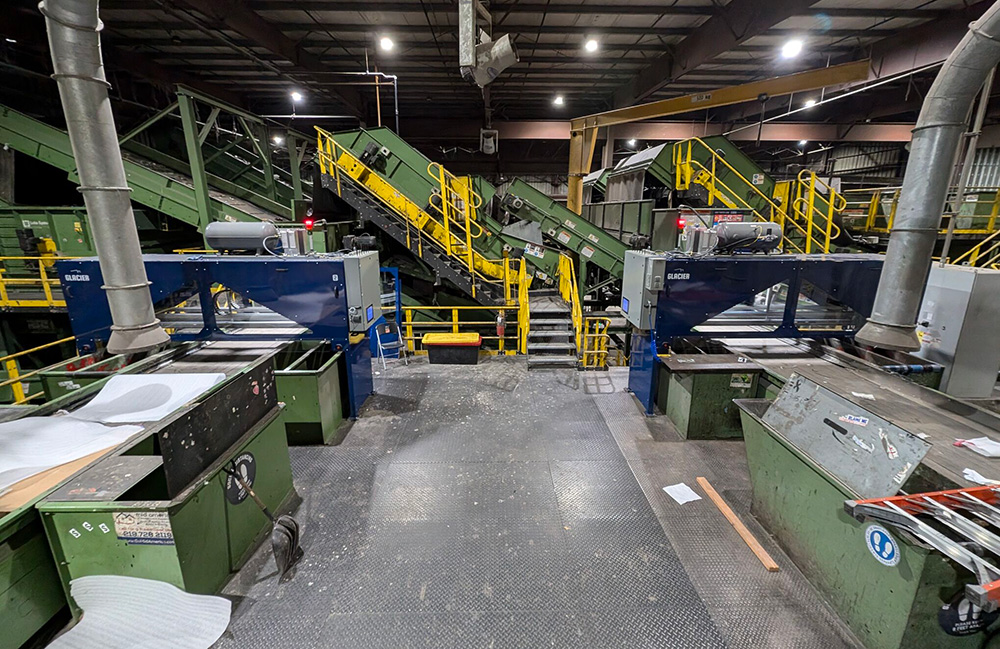Urban growth together with rising daily waste presents an immediate necessity to establish advanced waste management methods. A key innovation leading the charge is the MRFS systems, or Material Recovery Facility Systems. All contemporary recycling operations depend on these systems to extract recyclable materials from disordered municipal waste.
What Is an MRFS System?
MRFS systems are designed to take in mixed waste and pull out materials that can be reused—like glass, plastic, metal, and paper. Advanced technology assists these systems in performing automated separation of different materials at higher speed than human capabilities. The system operates with two main objectives to decrease landfill dependency and enhance recycling activity.
The core function of these systems involves machines that lead to cleaner cities and pollution reduction while recovering valuable lost materials.
How MRFS Systems Work
The process of sorting waste through MRFS systems is both organized and high-tech. The following series of major operations describes the waste sorting process:
1. Waste Intake and Pre-sorting
The facility receives waste materials collected from houses and commercial locations. At this stage humans or basic sorting tools remove oversized objects and dangerous items such as batteries which would otherwise stay whole.
2. Mechanical Sorting
Technology incorporates sorting machines which create three categories from residual waste materials by using:
- Large separators with magnetic fields extract iron and steel items from waste materials.
- The air classifier equipment separates plastic and paper materials because of their lightweight properties from heavier materials through an airstream.
- The rotating waste sorting drums called trommels separate materials according to their size specifications.
- The eddy current separator helps categorize aluminum as well as other non-ferrous metals.
3. Manual Checks
Modern machines contain limitations since they manage to ignore select items during the sorting process. The process requires workers to verify the sorted waste to extract remaining materials that are not recyclable thereby creating a clean usable output.
4. Baling and Storage
After sorting the materials undergo compression into baled formation to make them suited for recycling center transport. The waste left after recycling is dispatched to landfills together with other disposal techniques for treatment.
Why MRFS Systems Matter
MRFS systems deliver advantages that exceed maintaining tidy streets. Here’s why they’re so important:
- The exact recycling rates improve because machines operate with both speed and precision that surpass human capabilities.
- Lower Costs: Less labor and more automation mean reduced costs for cities and companies.
- The operational involvement of MRFS systems guarantees that recyclables stay out of landfills which provides dual benefits by reducing environmental pollution while maintaining natural resources.
- The Circular Economy receives support because recycled materials enter reuse cycles instead of requiring fresh unprocessed raw materials and generating sustainable production.
Where Are MRFS Systems Used?
Many locations across different areas now make use of these automated sorting systems.
- Municipal waste facilities operate systems to process home debris mixture
- Industrial facilities together with commercial operations require substantial recycling services
- The combination of metal concrete and wood waste materials located at construction places enables sorting operations for multi-purpose reuse at those sites.
Final Thoughts
MRFS systems represent an effective contemporary solution to handle waste management requirements. The implementation of MRFS systems leads to easier and more efficient recycling operations which produces cleaner communities and enables a healthier planet. Increased recycling requirements will make Mobile Refuse-Handling Systems vital to managing waste which will transform old waste items into future resources.


